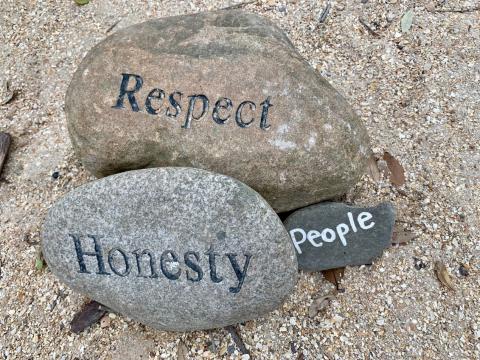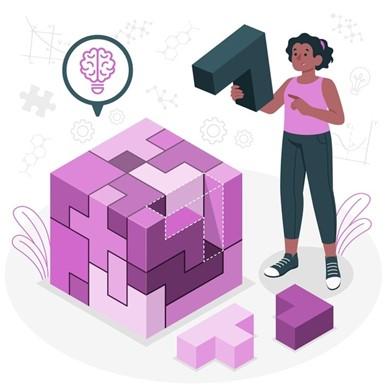Active Listening: More important than you think
In today’s Internet era, the average amount of information that we’re.. bombarded with daily, is ever increasing.
Videos, images, articles, posts and the “never-ending scrolling” practice have significantly lowered our attention span and have made us reject, without realising it, a great percentage of information that we receive, as a reflex to the “overload” that our brains go through.
This unconscious habit can prove a hinder when it comes to the soft skill of Active Listening.
According to the definition of Wikipedia:
“Active listening is a technique of careful listening and observation of non-verbal cues, with feedback in the form of accurate paraphrasing, that is used in counseling, training, and solving disputes or conflicts. Active Listening requires the listener to pay attention, understand, respond and remember what is being said in the context of intonation, timing, and non-verbal cues (body language).”
Αs you may have guessed, limited attention span can push back the above practices, making you more vulnerable to 2 types of dangers that steam from in-active listening:
- Misunderstanding. Not interpreting the verbal and non-verbal cues of your interlocutor properly, can lead to a false perception of his/her intentions, leading in this way to misunderstandings which, especially in the workplace and when your interlocutor is a superior, can have unpredictable results.
- False understanding of instructions. By “missing” parts of an instruction set that was given to you in the workplace and, even worse if you hesitate to ask for their repetition, can have a domino effect both to the tasks that must be fulfilled, as well as to the relationship with your colleagues.
In order to avoid all the above, a good listener must possess the so-called “Three A” of active listening, hence its most important traits:
1. Attitude: It is a feeling of emotion that comes from understanding that we must be respectful towards what others say.
2. Attention: To be an effective listener, we must have a good attention. Of course, that is easier said than done. Many of us have less attention span, or we tend to get distracted easily.
3. Adjustment: It has to do with keeping an open mind. When we do keep an open mind and we are ready to invest our time, we adapt quickly to the situation and, we become better listeners.
All the 3 above can be trained and enhanced through the “Active Listening” goal cards that can be found in the learning platform of the See First project in the www.seefirst.eu
Through fun and engaging activities, both for individuals and groups, you can learn how to become a better listener by paying attention to your interlocutor and grasping not only his/her verbal, but also the non-verbal signs that he//she delivers, resulting in this way to better communication, all while avoiding misinterpretations.
Discover them now!




